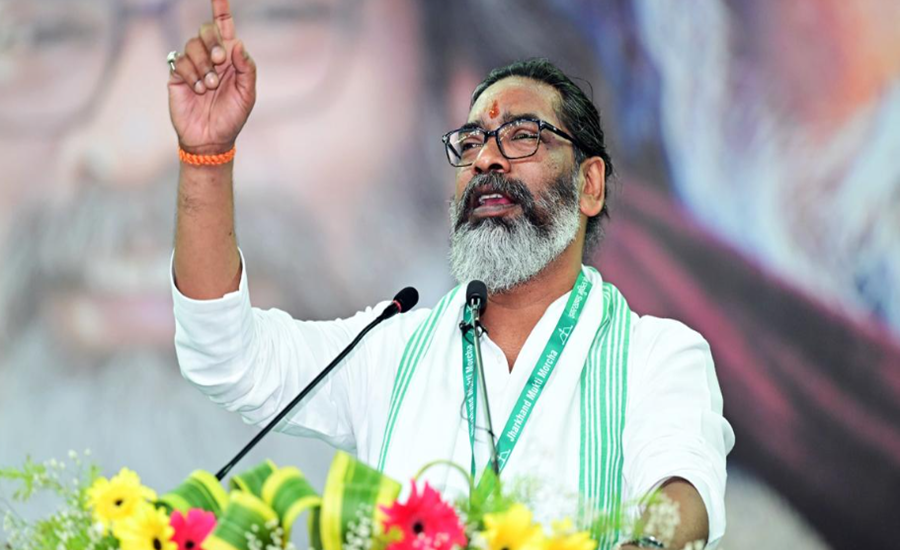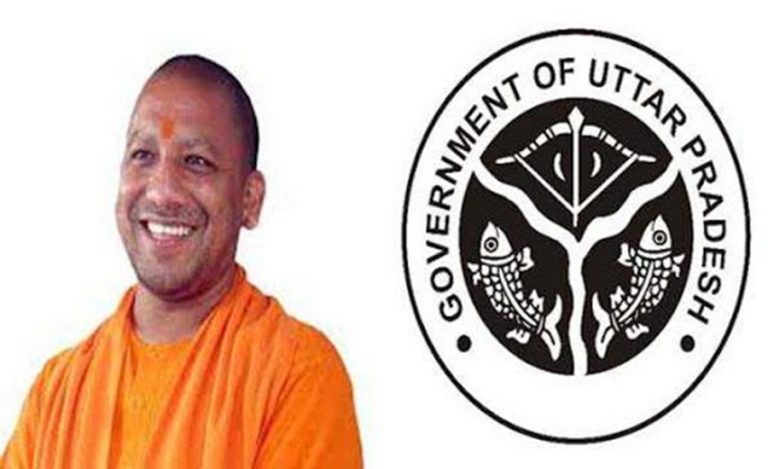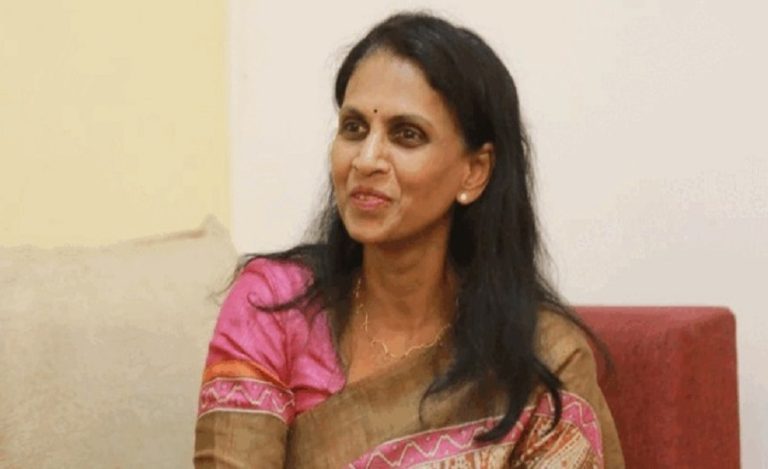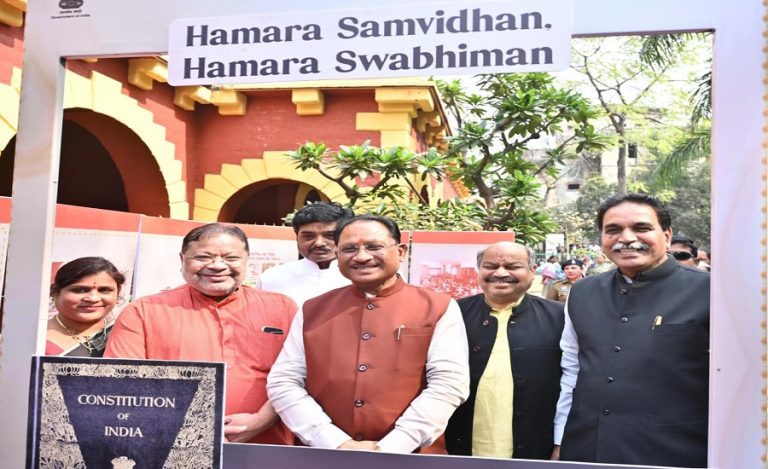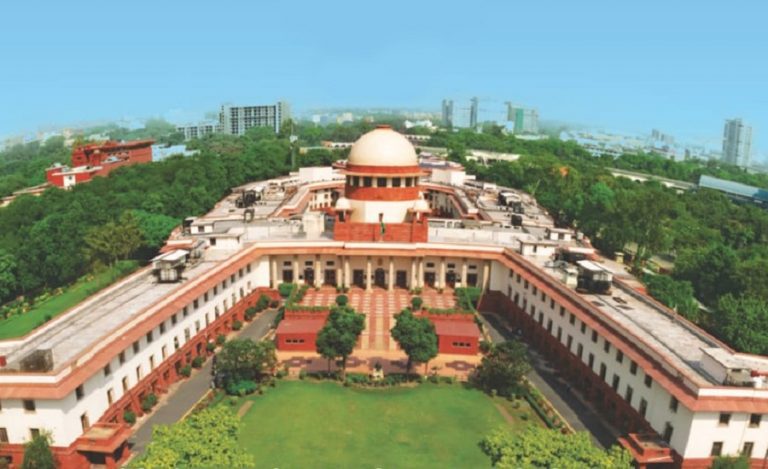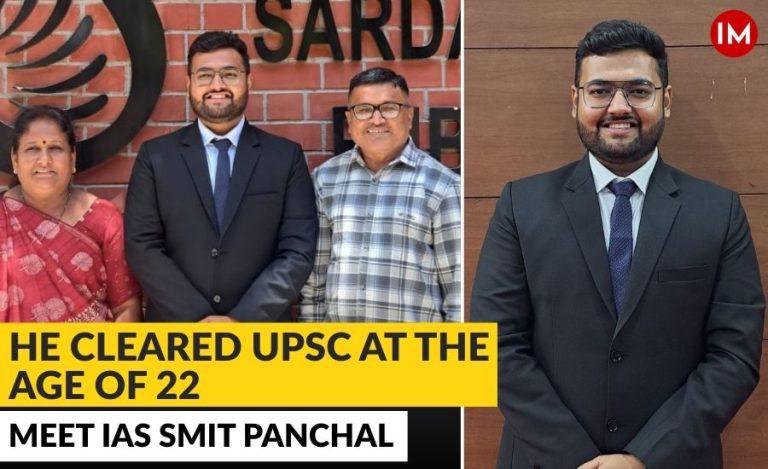Ranchi: Jharkhand Chief Minister Hemant Soren has reaffirmed his government’s commitment to protecting the rights and homes of people living in the Saranda forest region, declaring that no resident will be displaced under any circumstances.
The CM’s strong stance comes as the state government prepares for a crucial Supreme Court hearing on the declaration of Saranda forest as a wildlife sanctuary.
Kolhan-Saranda Residents Rally Behind CM’s Fight
In a massive show of solidarity, thousands of residents from the Kolhan-Saranda region took to the streets today, supporting Chief Minister Hemant Soren’s battle in the Supreme Court. The demonstrations reflect the deep concerns of indigenous communities who have called Saranda home for generations.
“No harm will come to the people living in the Saranda forest area. My main concern is the residents of the Saranda region,” stated CM Soren, emphasizing his government’s priorities.
Background: The Saranda Forest Controversy
The ‘Saranda’ literally means a forest of seven hundred small hills and is also known as the largest Sal Forest in Asia, situated in West Singhbhum district of Jharkhand. Approximately 10,000 Adivasi families with a population of 1 lakh 25 thousand Adivasis live in the forest.
The Supreme Court took up the crucial hearing on October 15 concerning the declaration of Jharkhand’s Saranda forest as a wildlife sanctuary.
The case has been ongoing for years, with the apex court expressing concerns over delays in notification.
The Supreme Court permitted the state government to officially notify 31,468.25 hectares of the ecologically rich Saranda forest as a wildlife sanctuary, scaled down from the originally proposed 57,519.41 hectares.
CM’s Resolute Stand: People Over Resources
Speaking passionately about the issue, Chief Minister Soren made his government’s position crystal clear. “We are fighting and will continue to fight for the rights of the people living there. We can even ignore mineral resources for some time, but there will be no compromise on people’s rights,” he declared.
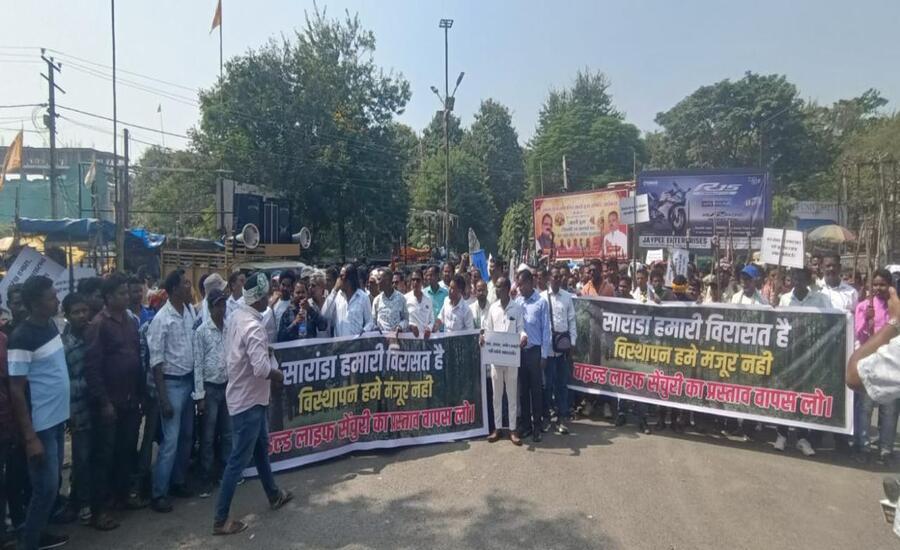
The CM emphasized that his government is going to court with the condition of protecting the rights of people residing in the region. “We will accept the court’s decision only when our humanitarian considerations are taken into account,” he added.
Historic Battle for Tribal Rights
Nearly 80% of the human population of this region belongs to tribal communities of Ho, Munda, and Uraon. These indigenous communities have been living in harmony with the forest for centuries, following traditional conservation practices.
“How long will we continue to trouble tribals by binding them in rules and regulations?” questioned CM Soren, highlighting the historical injustices faced by forest-dwelling communities. “The people who planted the forest, who saved it—these rules and laws should not harass them.“
Inherited Disputes and Constitutional Commitments
The Chief Minister acknowledged that his government is working to resolve disputes inherited from previous administrations. “We are solving inherited controversies,” he stated, referring to the complex legal and administrative challenges surrounding forest rights and conservation.
According to the Chief Minister, there was complete consensus in the cabinet that the people who have been living in the Saranda forest for generations must not face any injustice.
The People’s Battle
“This battle is not just for the people there; it is mine too. We will try our best to win it,” asserted CM Soren, making the issue a personal mission. His statement reflects the deep connection between the state’s tribal leadership and indigenous communities.
The government has made it clear that while it respects the judicial process, any decision must consider the livelihoods, cultural rights, and dignity of the forest-dwelling communities.
Balancing Conservation and Human Rights
The Saranda forest issue represents a broader national debate on balancing environmental conservation with the rights of indigenous communities under the Forest Rights Act, 2006. The Jharkhand government’s approach emphasizes inclusive conservation that doesn’t displace traditional forest dwellers.
This area used to be the private hunting reserve of the Singh Deo family (the erstwhile rulers of Saraikela). The forest covers an area of 820 km².
What Happens Next?
The Supreme Court hearing will determine the future of both the Saranda forest ecosystem and the thousands of tribal families who depend on it.
The Jharkhand government has assured that any notification will include provisions protecting residents’ rights.
The massive public mobilization in Kolhan-Saranda demonstrates that this is more than a legal battle—it’s a fight for cultural survival, constitutional rights, and environmental justice.
Chief Minister Soren’s unequivocal support for tribal rights has galvanized indigenous communities across Jharkhand, setting a precedent for how states can approach conservation while honoring the rights of forest-dwelling communities.

